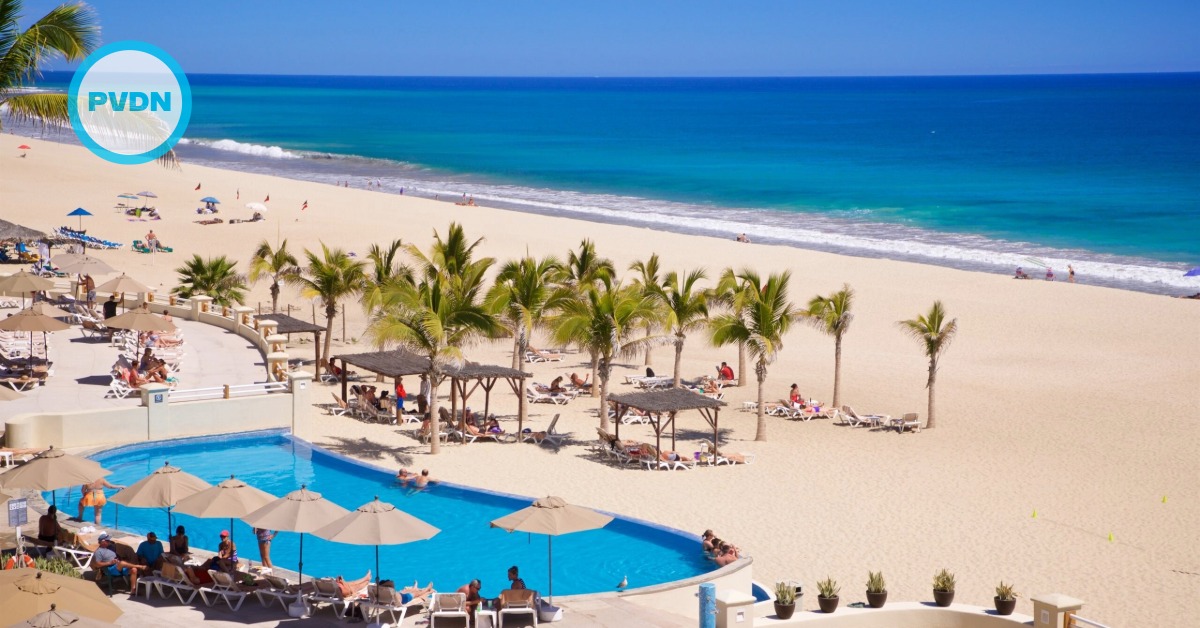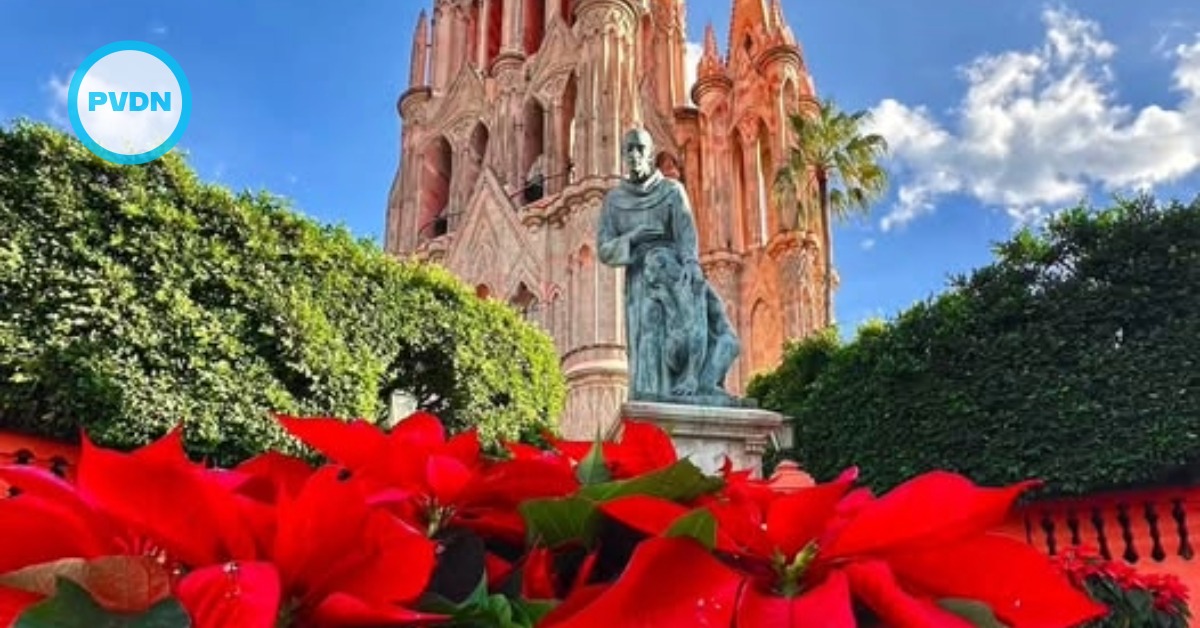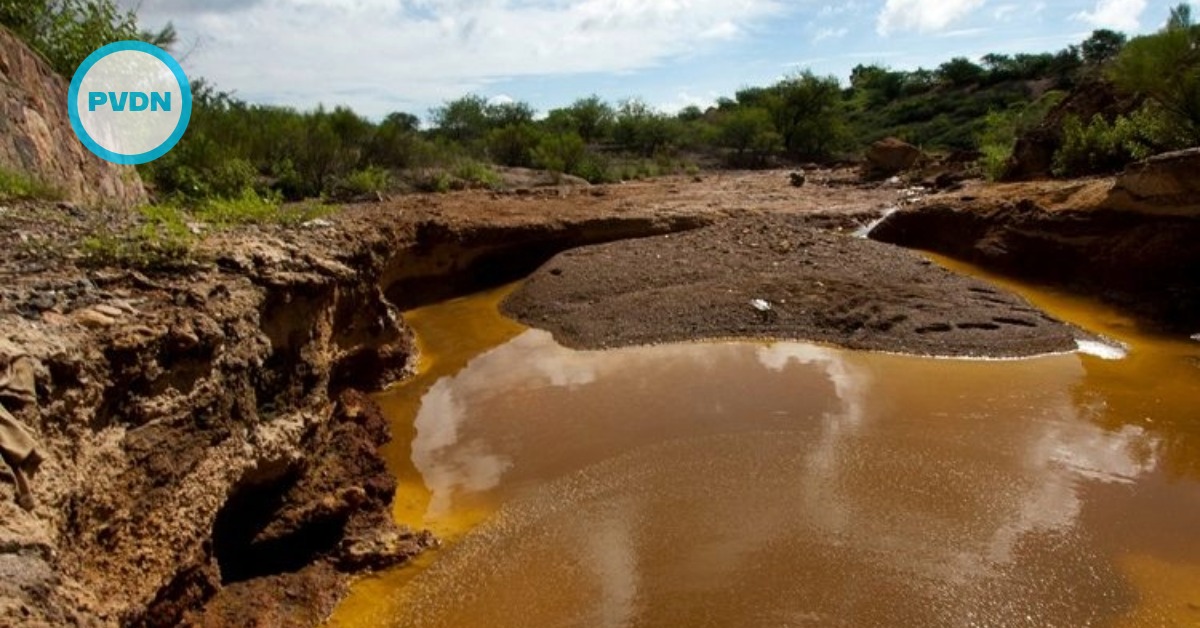Puerto Vallarta (PVDN) - People in Puerto Vallarta got a chance to see the Bay of Banderas from space, thanks to the International Space Station's external cameras that share video as it orbits the earth.
Through their Twitter account, @ISSAboveYou, they shared a video of the space station orbiting above Puerto Vallarta and then passing through Tepic, Zacatecas, Salito, and Monterrey.
About the International Space Station
Just as the oceans opened up a new world for clipper ships and Yankee traders, space holds . . .





